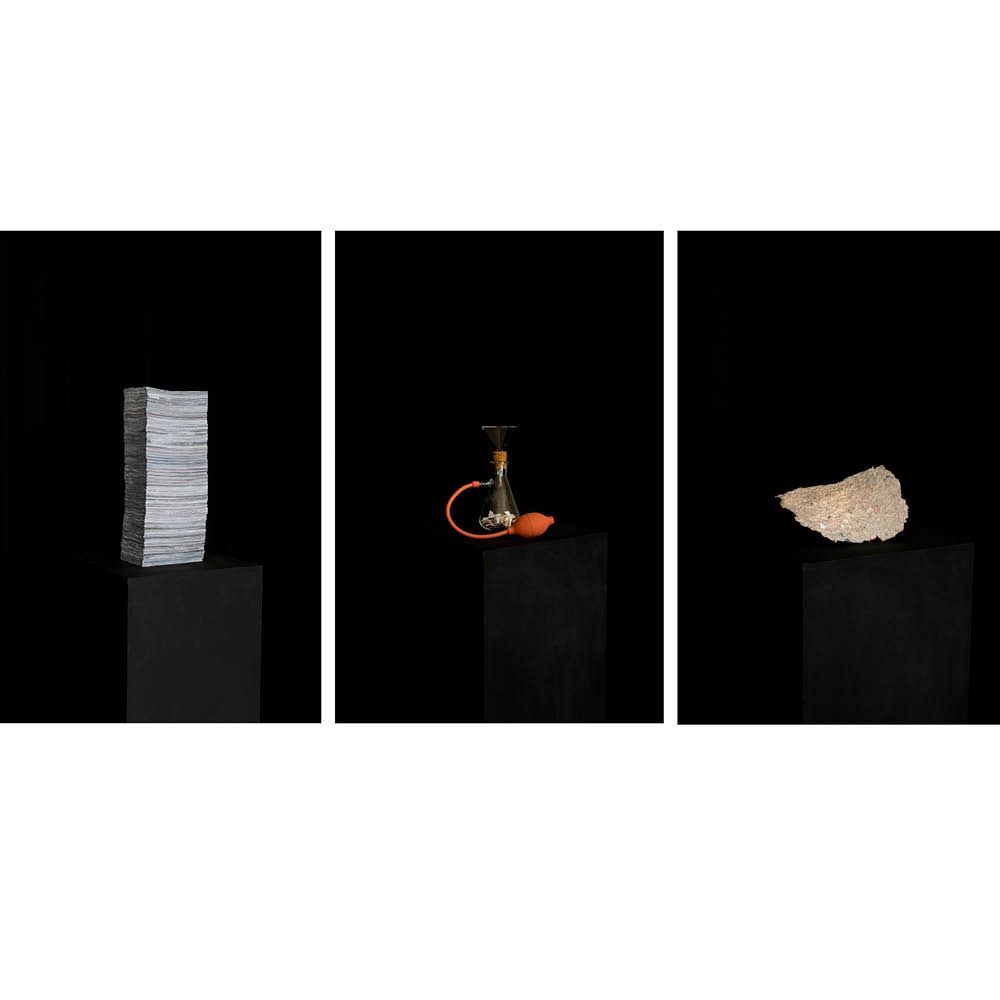
Dafni Melidou
Keywords: Femicide, Gender-based violence, Mainstream media
Read Thesis
dafnimelidou.com/
dafnimelidou@outlook.com
www.instagram.com/dafni.melidou/
The "Trauma of Looking: Reading and Counter-readings of the representation of femicides by the Greek mainstream media" is a work that aims to decode the narrative strategies used by the Greek mainstream media to report sensitive topics related to gender inequalities and gender-based violence. In this work I explore the tropes and the effects of media cannibalism through the lens of intimate femicides - a phenomenon which has recently entered the wider public discourse in Greece. There is a need from mainstream media to commercialize such crimes and exploit personal dramas. They are treating real-life stories as a spectacle, as another true-crime series ready to be consumed by the audience. This globalized “life-as-spectacle” approach, which goes beyond Greece, transmutes our collective moral principles into a new culture where violence is always legitimized and thus is made acceptable in the society.
Through this work, which combines extensive research, writings and visuals, I argue that photography is in excess and I renegotiate our right to look at the images produced to report intimate femicides. Undeniably the collective trauma and fear needs to be discussed, mourned and potentially resolved but above everything they have to be acknowledged. This premise is explored through conversations I conduct with people discussing the dilemmas which arise on the representation and ethicality of these crimes through photography. In what ways are we all complicit in the perpetuation of gender-based violence and how we could disrupt mainstream media’s need for human misery consumption?

The pile is composed by images circulated in the Greek mainstream media for the reporting of femicides in 2021. It is inaccessible, making at the same time visible the amount of imagery available in the media and invisible their sensationalized and unethical content. The collective trauma depicted in the images needs to be openly discussed, mourned and potentially resolved. Thus the pile is destroyed, turned into a paper pulp where knowledge can come through olfactive communication, which contributes to the photographic meaning , creating an environment for the affective experience of images. From the paper pulp emerges new paper where new histories (and images) can be written. The question of course remains by whom and for whom?